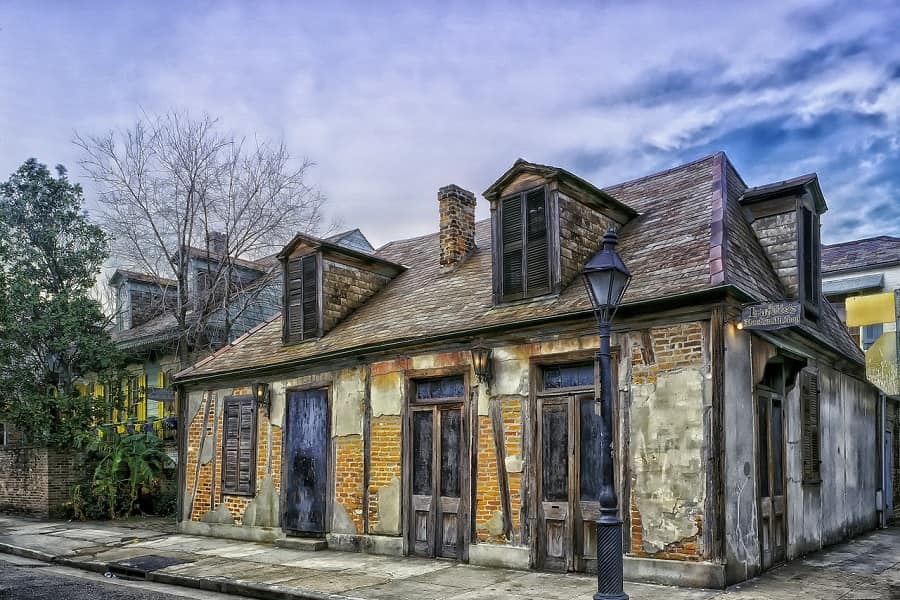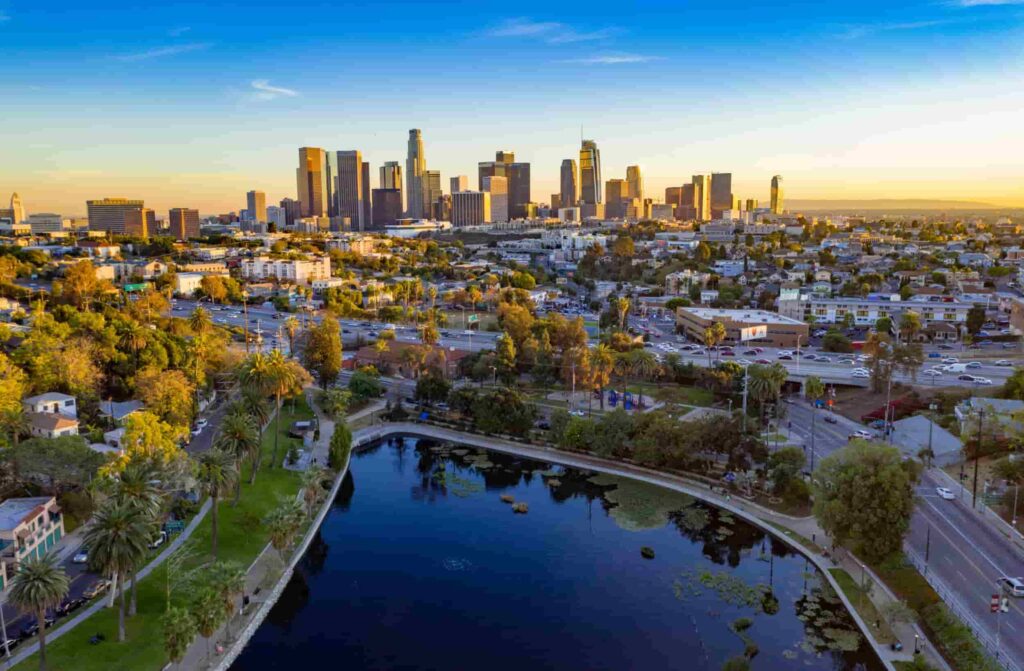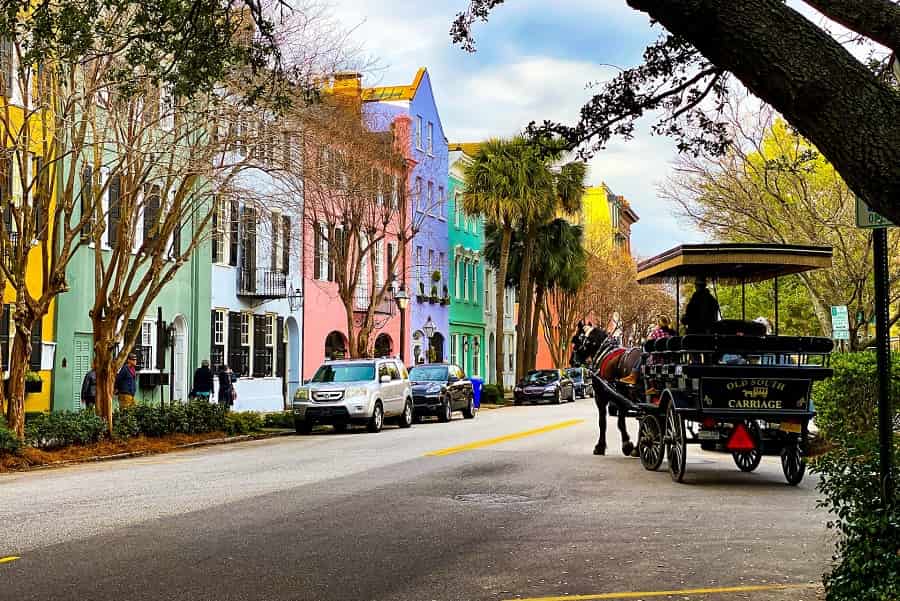If you’re looking for a fun way to spend a day in New Orleans, consider visiting the city’s historical sites. The Whitney Plantation is a historic home that doubles as a museum. It explores the history of slavery in the South and provides perspectives from both owners and slaves. Visitors can also have some lighthearted fun at a nearby amusement park. The Carousel Gardens Amusement Park has been in business for over a century. The rides offer thrills for both adults and children.
If you’re looking for an art museum, visit the New Orleans Museum of Art. You’ll find over 40 artists here. The exhibition covers over 35,000 square feet and spans four buildings. Visitors can enjoy the exhibit for free and take a tour of the museum’s grounds. You can also enjoy the enchanting treehouses and houses, decorated in the style of traditional Creole cottages.
Another great way to see New Orleans’ history is to take a scavenger hunt. These tours are a great way to get acquainted with the city’s history while having fun. You’ll find challenges and tasks to complete to win points. Some even include historical figures. There are also several themed scavenger hunts that you can take.
The Garden District: This neighborhood was originally a wealthy area of the city. It was developed for the rich people who migrated to Louisiana. In the 1830s, the mansions started showing up in this area. Most of the mansions are painted white and have large gardens. Many of them have flower gardens outside.
New Orleans Museum of Art
Founded in 1910, the New Orleans Museum of Art houses more than 30,000 objects from around the world. The galleries feature continuously changing temporary exhibits. Visitors can view the collection by visiting the museum Monday through Saturday from 10 a.m. to 5 p.m. and on Fridays, until 9 p.m. The museum is also home to the Besthoff Sculpture Garden, which features work from 59 artists, including several 20th century masters.
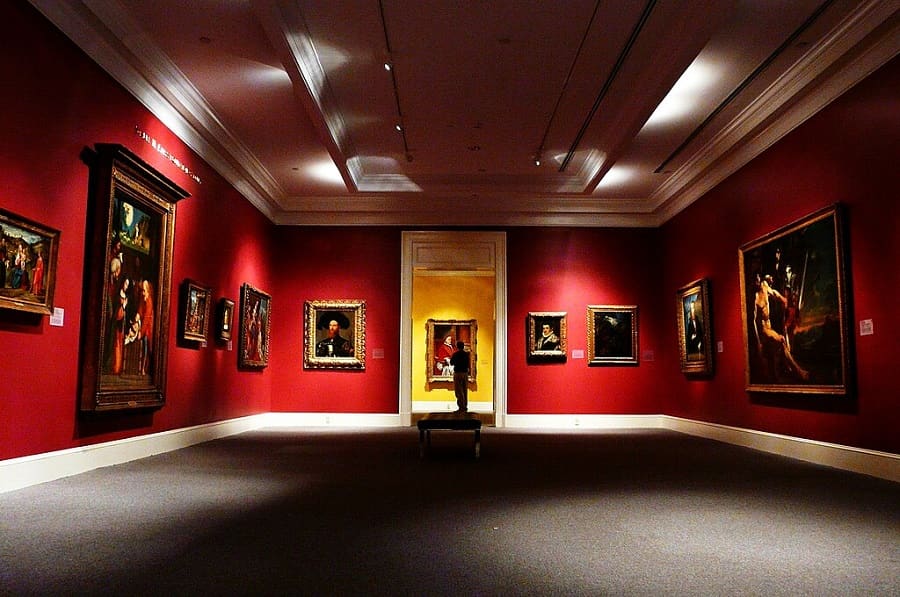
This museum also has extensive holdings of works of art by Louisiana artists. The museum also boasts collections of European and American photography as well as ceramics and glass from various cultures. There are also excellent collections of African, pre-Columbian and Spanish period art and Asian paintings. The museum also hosts regular special exhibitions and events as well as educational programs.
Another museum worth visiting is the New Orleans Jazz Museum, which is located in the Old U.S. Mint building. The museum has extensive jazz-related collections and offers fun guided tours. It also hosts occasional performances. While the museum is primarily dedicated to art, visitors can also enjoy the local live music scene.
The New Orleans Museum of Art is the largest collection of American art in the south. The collection includes a permanent gallery and several temporary shows. The Museum is located in the historic French Quarter and is free to enter. You can also visit the Historic New Orleans Collection, which includes three locations throughout the city. The collection includes art exhibits, photography exhibitions, and immersive films.
Whitney Plantation
The Whitney Institute, a nonprofit organization, preserves the Whitney Plantation Historic District. It is located in New Orleans and is the oldest surviving plantation in the city. The plantation is open to the public for tours. In addition, the Whitney Plantation Historic District is home to the Whitney Institute Museum, which specializes in art history and architecture.
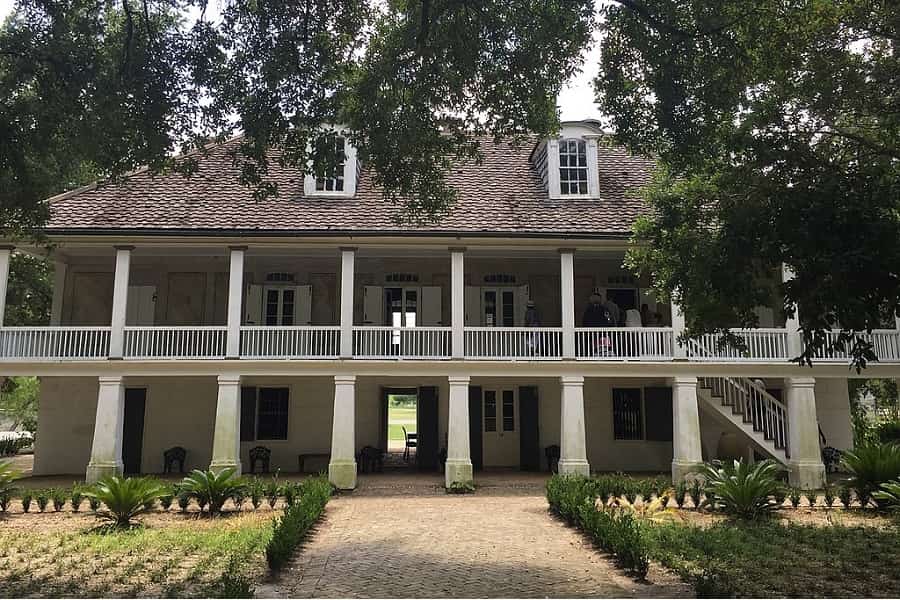
A visit to the Whitney Plantation is like stepping back in time 250 years. The plantation, now a museum, was originally an indigo, rice, and sugar plantation. During its time as a plantation, the Whitney family employed between 20 and hundreds of slaves. The museum features original slave cabins and outbuildings as well as the owner’s house, which was constructed in 1790.
Visitors are also able to learn about the enslaved people’s experience at the Whitney Plantation. While slavery was a practice common in the south, the conditions in which slaves were held were much different than today. The Whitney plantation, for example, had no jails, but it did have a slave pen. The slaves were forced to produce more than 400,000 pounds of sugar each season.
Guests can explore the grounds at their own pace or take an audio tour. This guide is free and can be downloaded to their mobile device. The museum also offers free guided tours. The permanent exhibitions at the Whitney Plantation offer a broad overview of the transatlantic slave trade as well as an area-specific focus on the enslaved residents of Louisiana.
French Quarter
If you’re a foodie, the French Quarter of New Orleans has something for you. The famous French Market is a must-visit attraction in the French Quarter. It sits right on the Mississippi River. When you think of the Mississippi, you probably think of steamboat adventures, but it has more to offer.
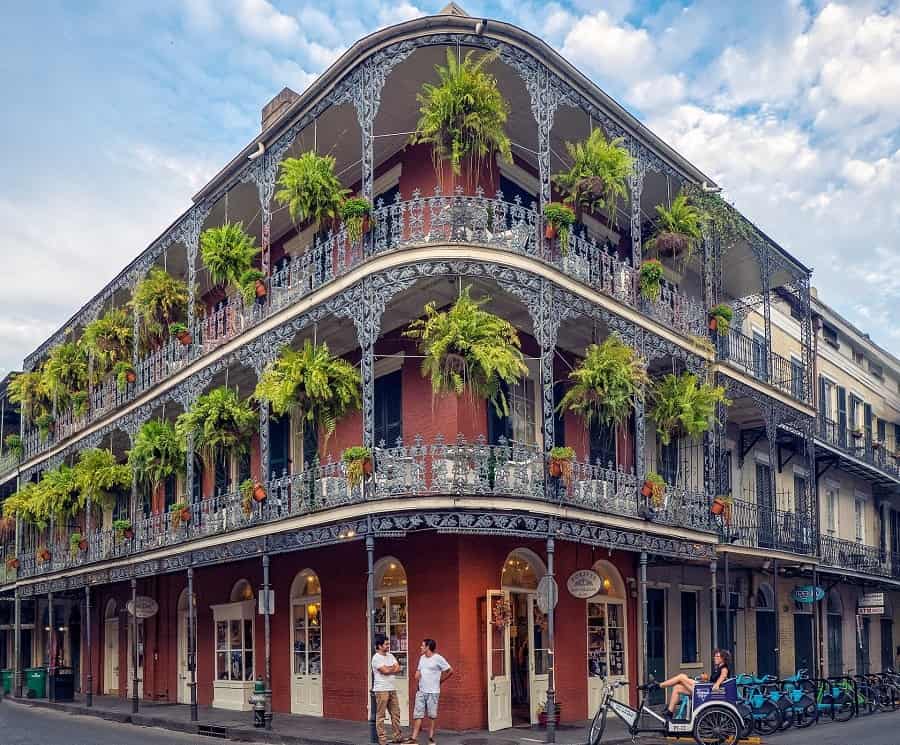
The French Quarter is also home to a number of iconic buildings. Lafitte’s Blacksmith Shop, for example, is one of the oldest buildings in the city. It dates back to 1722 and survived two historic fires. Today, it is one of the most photographed landmarks in New Orleans. The interior of the shop is adorned with timeworn bricks and classic briquette-entre-posts construction.
The French Quarter is also home to Second Line parades, which feature a brass band and jubilant dancing. You can watch these on Sunday afternoons. These parades are reminiscent of New Orleans jazz funerals, but they don’t have coffins or mourners. The brass band leads the parade and the dancers wear colorful suits and parasols.
While visiting the French Quarter, don’t forget to take a walk down Pirate’s Alley. This street was where William Faulkner wrote the novel Soldier’s Pay. He also owned a store that later became a renowned independent bookstore. The French Quarter is also the birthplace of jazz, so don’t forget to check out Preservation Hall, which pays tribute to the rich jazz tradition. Here, you can hear the sound of over 60 master jazz practitioners.
Mardi Gras
The festival of Mardi Gras is an annual event in New Orleans. Its origins date back to 1699. It was banned for a few years, but a group of students resurrected the festival in 1827. They organized marching bands and changed it into a public celebration.
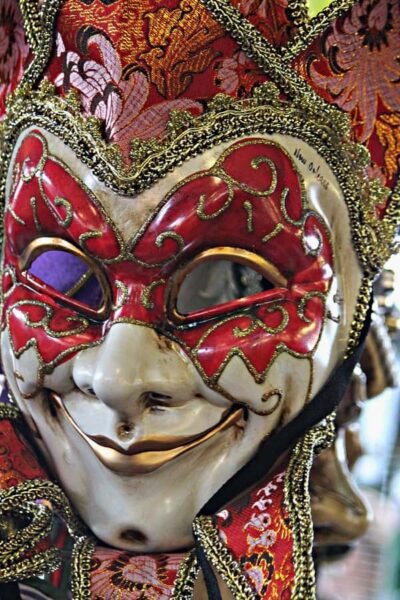
Kids should be supervised while participating in the parades. Mardi Gras can be a dangerous time for children. It is recommended that parents write the child’s phone number on their clothing. Some parents even write the number on the child’s arm with an indelible pen. There is also a designated meeting place for families if they become separated. The police can also help reunite families. Parents should also educate their children about the safety of floats and marching bands.
New Orleans is known for its carnival celebrations and parades. Mardi Gras is celebrated in the city of New Orleans for two weeks. The festival begins on Shrove Tuesday, the day before Lent, which is a Christian tradition that involves giving up certain indulgences for the six weeks of Lent. During the celebrations, there are many parades and parties, and the atmosphere is raucous.
There are numerous parades throughout the city, with many having a specific theme every year. A few of the major parades are organized on St. Charles Avenue, while others are held on Orleans Avenue or Canal Street.
National WWII Museum
The National WWII Museum is a must-see for anyone interested in the history of WWII. It is filled with personal stories, artifacts, and powerful interactive displays. The museum is located in a beautiful, historic building and is an excellent way to learn about this important time in history. The exhibits include war footage and interviews with soldiers from the various wars. If you are in the New Orleans area, you should definitely visit this museum.
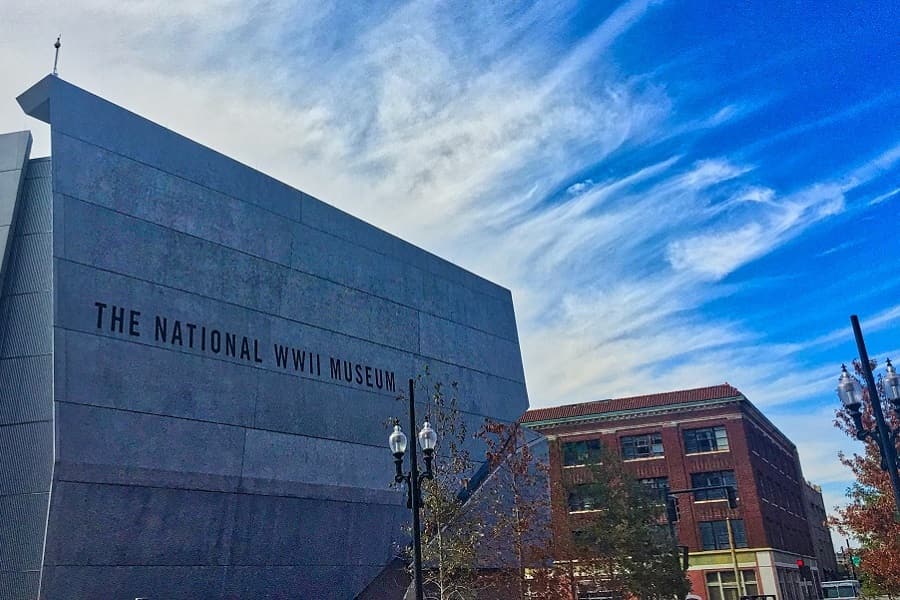
The museum is divided into four halls. Each hall highlights a different aspect of the war. The main halls focus on the Home Front, the Pacific Theater, and the European Theater. There are also special exhibits about the D-Day Invasion and Louisiana’s role in the war.
This museum is great for families with children. It is an interactive museum with plenty of exhibits to engage the whole family. Its interactive submarine exhibit is one of its most popular attractions. In addition to this, the museum also has an interactive 4D theater. There is also a special exhibition about the Higgins Boat. The National WWII Museum is open Monday to Friday from 9:00am to 5:00pm.
In addition to the permanent exhibits, the National WWII Museum also has interactive exhibits and first-person oral histories. The museum chronicles the war from the home front to the end of the war. It also focuses on the impact of the war on civilian life. The Arsenal of Democracy exhibit, for instance, includes a number of first-person accounts of life on the home front during the war.
Jackson Square
Jackson Square is located on the Mississippi River and is one of the most popular tourist sites in New Orleans. It is lined with shops, restaurants, cafes, and museums. It has also been the site of many movies and live television broadcasts. It is also a popular destination for New Year’s Eve celebrations.
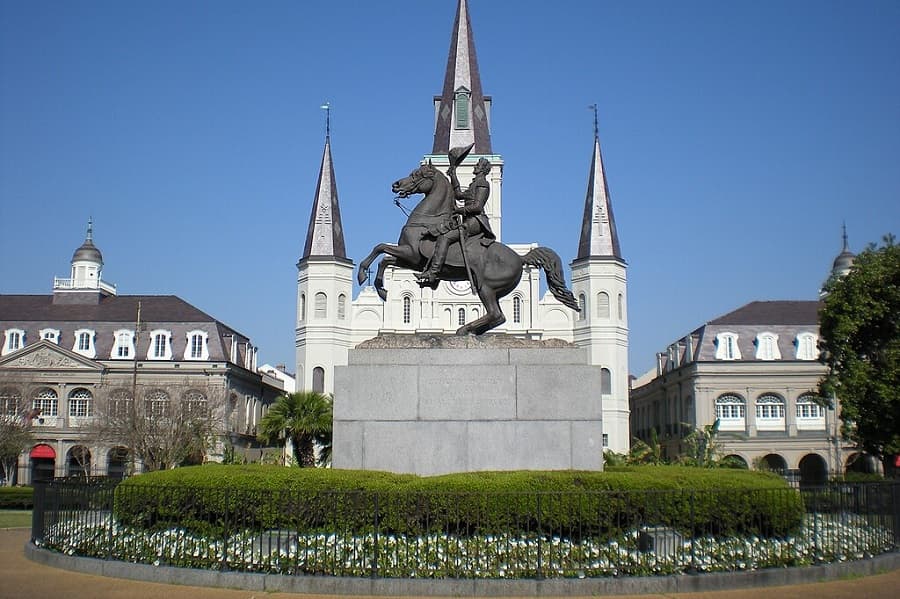
Andrew Jackson Park is located at Jackson Square. It is named after the general who won the Battle of New Orleans. General Jackson is honored with a statue that was erected in his honor in 1856. This statue commemorates General Andrew Jackson’s leadership during the Battle of New Orleans. The square is also home to one of the city’s oldest cathedrals, the Cathedrale Saint-Louis.
Jackson Square hosts several annual festivals. In March, the city hosts the Night in Old New Orleans parade, and the Spring Fiesta Festival is held in April. Music lovers will enjoy performances at one of the city’s main music stages. In Jackson Square, music lovers can enjoy live concerts. Some of the city’s most celebrated events are held during these festivals.
St. Louis Cathedral
The Cathedral-Basilica of Saint Louis, King of France is the seat of the Roman Catholic Archdiocese of New Orleans. It is the oldest cathedral still in use in the United States. It is dedicated to Saint Louis, also known as King Louis IX of France. Located in the French Quarter, this landmark has a rich history and is worth a visit.
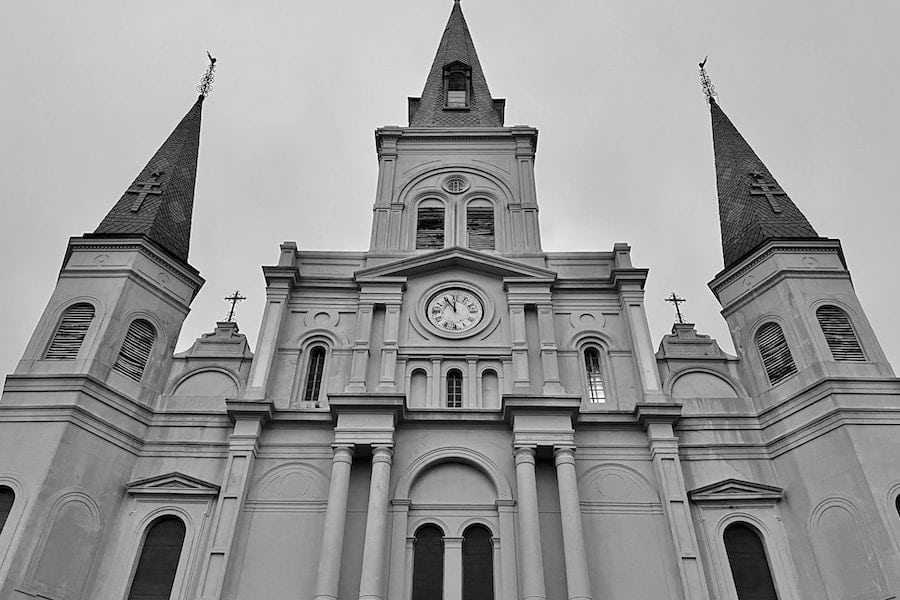
In 1829, the cathedral was a place of worship for locals and visitors. On December 25, the church hosted a midnight mass, which was attended by thousands of people. The Cathedral also boasts a gift shop with items donated by local artisans. Proceeds from the store go toward the building’s preservation.
The church is the site of the burial place of Capuchin priest Pere Daru, who worked in New Orleans for over 40 years. He was the pastor of the Cathedral from 1785 until his death at the age of 81. The three days after his death, hundreds of people flocked to pay their respects. The church’s shooting ceremony began the next day, and thousands of people were gathered to pay their respects. There is local legend that his ghost is spotted during Christmas midnight mass.
The Saint Louis Cathedral is a must see for visitors to New Orleans. It’s located in the French Quarter on Place John Paul II, a promenaded section of Chartres Street between the upriver and downriver boundaries. Located next to Jackson Square, the cathedral faces the Mississippi River and is surrounded by the historic buildings of the Presbytere and Cabildo.

